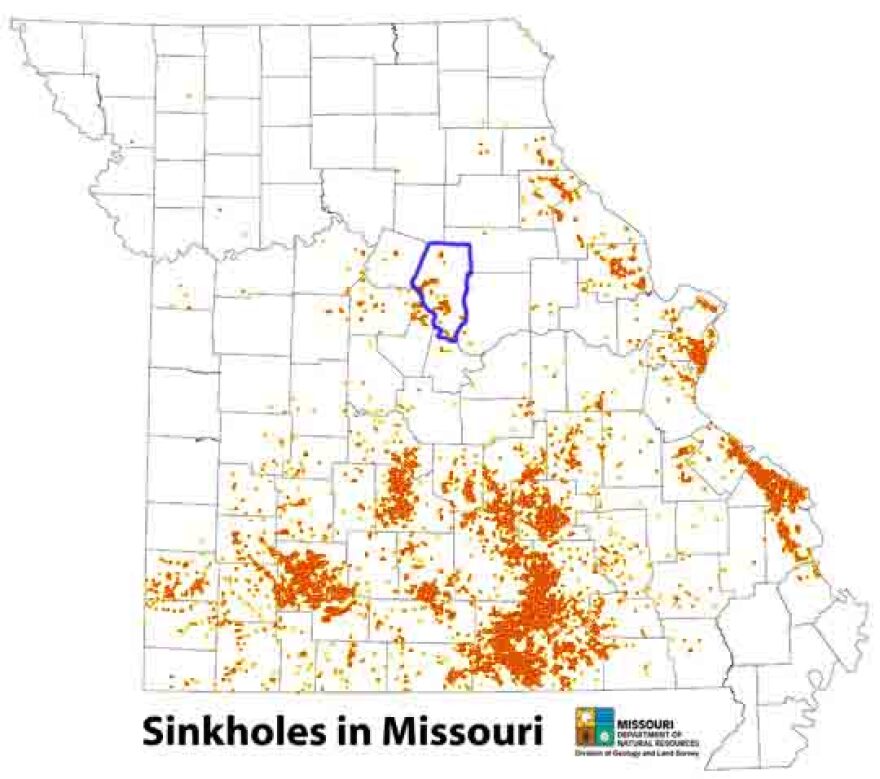The Boone County Storm Water Ordinance: What is it?
The Environmental Protection Agency (EPA) determined about 8 years ago that storm water can have a significant impact on the quality of streams and cave water in Boone County.
According to Stan Shawver, Director of Resource Management, “Rain water in itself is clean when it comes down from the sky, but when it hits particularly an open construction site with exposed earth works that can carry off construction debris, silt from the project, and those can make their way ultimately into the streams”.
Storm water reaches cave water and streams through sinkholes, something very common in Boone County. Consequently, a storm water task force made up of stakeholders appointed by the City Council of Columbia and Boone County Commission worked for four years to help create the Boone County Storm Water Ordinance. In 2010, the ordinance was passed. One of its main jobs: to regulate construction and buildings in sinkhole areas.
For a summary of the ordinance by Boone County, or to view the actual ordinance click here.
Note: This ordinance only affects areas out of city limits and in rural areas. Those areas happen to be the most prone to sinkholes. All other cities have their own storm water regulations; however, they are fairly similar.
How does this affect me?
Boone County companies and developers trying to build a property that disturbs more than 3000 square feet of land in a sinkhole area are now required to get a land disturbance permit. That means they must have an engineer or geologist work with the company to create 2 best management practices or BMP’s to comply with the storm water regulations. These BMP’s must prove to Shawver and the Department of Resource Management that the company will detain and retain the storm water.
Shawver said, “before the only concern in the sinkhole area was the disposal of waste water, now the regulations also address how storm water is concerned on the site during construction and even after construction".
As for residents, the ordinance usually does not impact them in regards to construction because most residents will not be building something that is impacting at least 3,000 square feet of land.
The ordinance also affects people that are interested in getting rid of sinkholes. Section 4 states, “No increase in the ponding elevation will be allowed by grading or filling without a storm water analysis approved by the Director”.
A structural engineer or geologist comes up with a storm water analysis and filling design that is filed as a variance and passed by Shawver, the Director.
Only one sinkhole has been filled since the ordinance was passed 4 years ago. The reason sinkholes are not allowed to be filled without permission is because the rocks that fill the sinkhole could possibly erode and effect the cave water beneath.
Shawver said, “When you fill a sinkhole the underlying ground condition below the sinkhole is still there. So it gives perhaps an unrealistic belief that the ground is stable. The fill itself is stable but that cave or that open area beneath that originally caused that sinkhole is still there so erosion can occur. You can have all kinds of gaps”.
Major Sinkhole Related Events in Boone County

